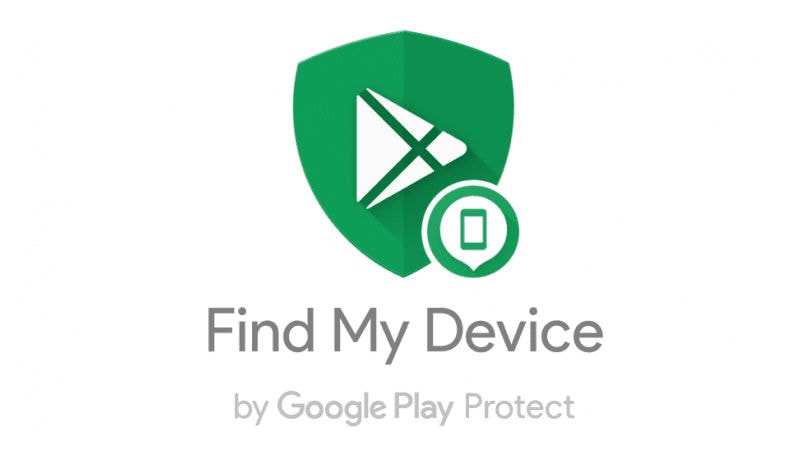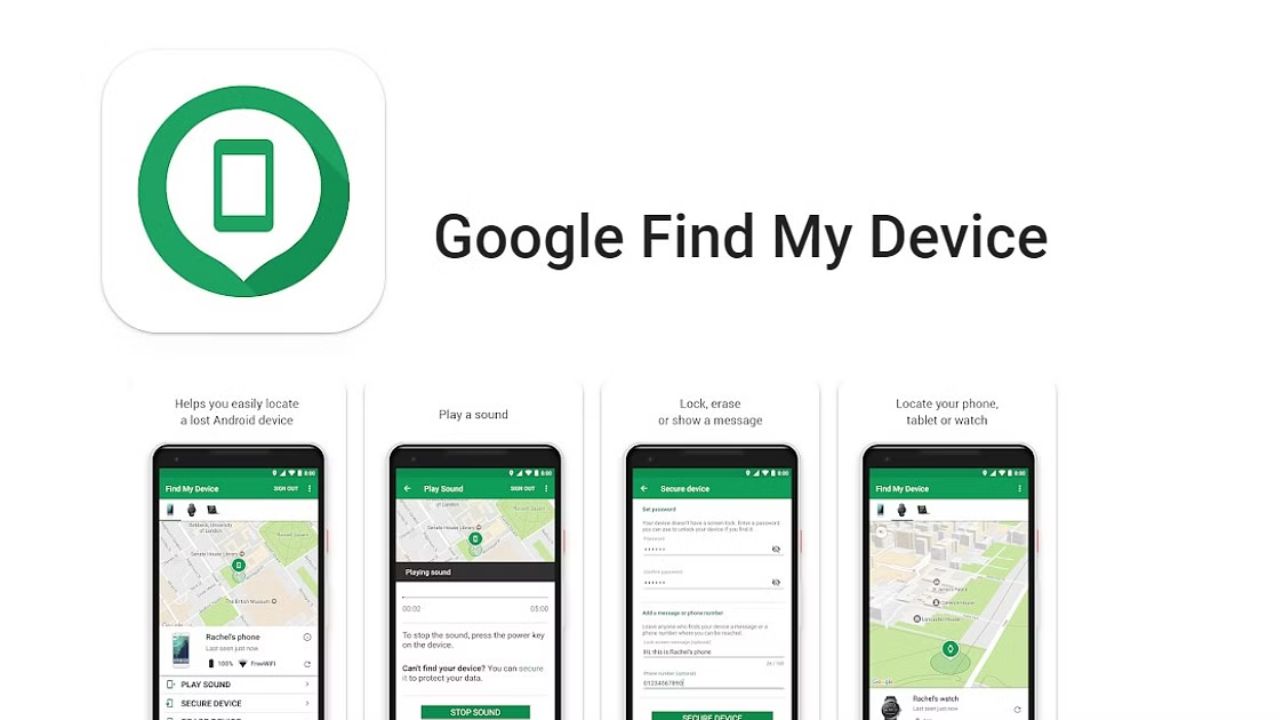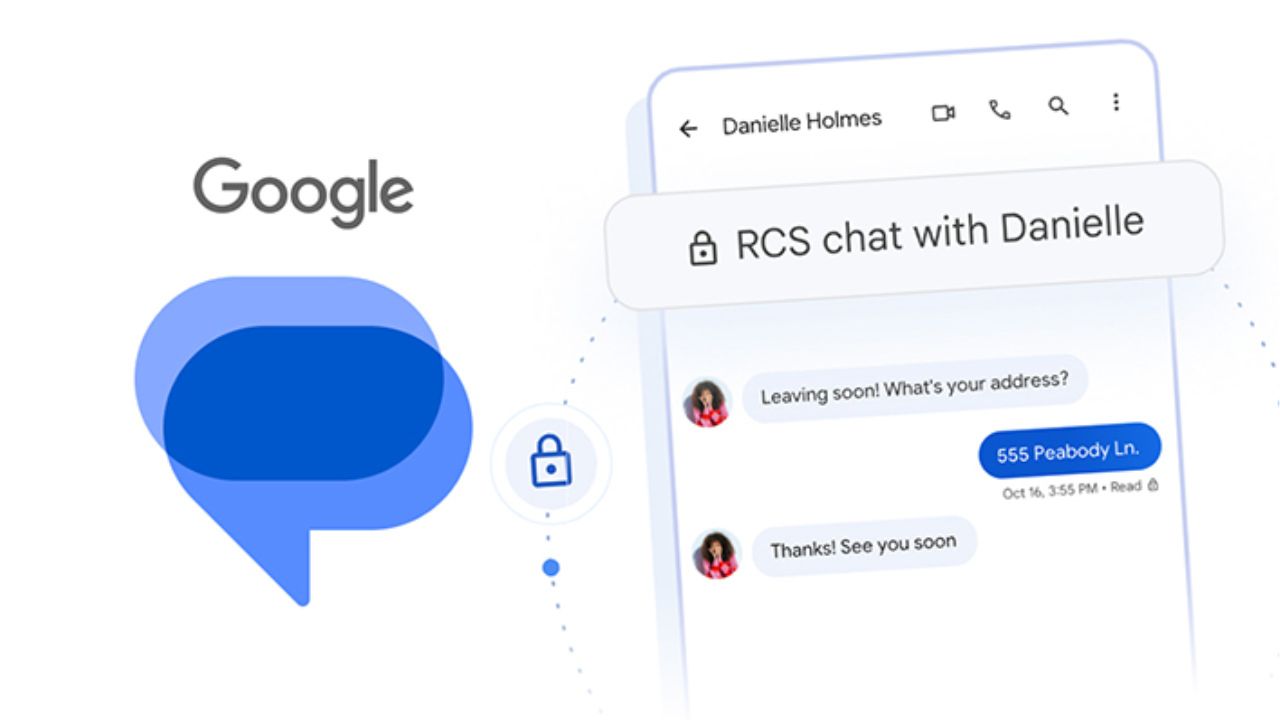Google is now warming up to the fact that users have always experienced problems when their gadgets get lost or misplaced. To that end, its new “Find My Device” network for Android devices is in direct competition with Apple’s established “Find My” network. This shift denotes quite progress in determining where the missing smartphones, tablets, and Android devices are.
Google’s Find My Device Network vs. Apple’s Find My Network
The technology principles of both networks are fundamentally alike. Android’s network leverages the wide range of Android devices running Android 9 and higher. In case an Android device gets lost, it can use Bluetooth to broadcast signals to those nearby Android devices that obliviously pass that location information back to the owner. This feature is especially useful as it allows tracking even when the lost device is in offline mode and does not provide any link to the Wi-Fi and cellular networks.
Besides that, the function of the network will be expanded owing to the integration with Bluetooth trackers of companies such as Chipolo and Pebblebee, the process of which is scheduled for May. Within this integration, users can add these trackers to commonly misplaced items such as keys, wallets, or luggage, and then use the Find My Device network to locate them implementing the capabilities of Apple’s AirTags in the Android community.

The privacy concerns accompanying the launch of Google’s network arise when put side by side with the anxieties surrounding how Apple’s AirTags work. Reports of criminals using AirTags for stalking and theft have been documented and so Google working with Apple to develop an industry standard is the response. Due to this regulation, iPhone and Android users can get notifications about those unfamiliar item trackers in their close range even if they are from different brands.
This crucial step will be to protect users from unauthorized tracking. Google launch happened at the same time with which third-party tracker alerts of Apple’s iOS 17.5 update came up. It is evidence of the joint effort that flows towards user safety. With the new Google Find My Device network in place, the tech industry will consequently face a new trend.

Both big dogs bring in advanced tracking techniques. Therefore, lost or misplaced devices, now have a chance to be recovered by the user. Moreover, it not only gives you peace of mind but at the same time helps cut down the cost of losing such devices by replacing them. Moreover, a common industry-wide approach for counteracting stalking unswervingly upholds the principle of users’ safety, which in turn enhances privacy and security for all.
In conclusion, the terrain of the geared-up-lost-gadgets is now no longer dictated by one contender. Along with Google’s Find My Device service, this allows users to find their missing devices through a wider range of options. Therefore, this competition benefits shoppers by offering them greater qualities and providing a more secure follow-up.





